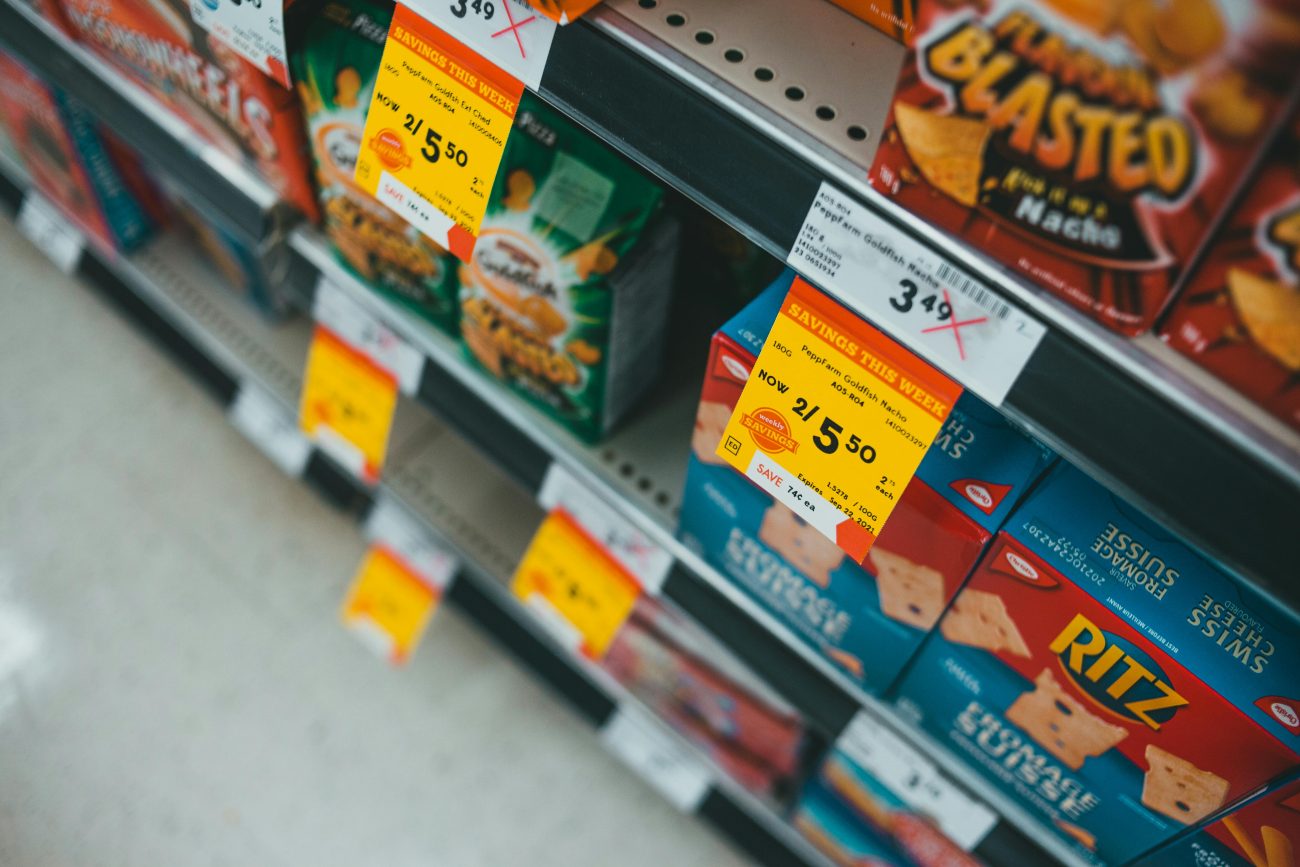You’re standing in the grocery aisle, comparing two cereal boxes. One says “whole grain”, another says “low fat”, and both have colorful packaging promising health benefits. Which one is actually the better choice?
Food labels are supposed to help us make informed decisions—but with marketing buzzwords and hidden ingredients, they can be downright confusing. The good news? Once you know what to look for, labels become powerful tools for healthier eating.
In this article, we’ll break down nutrition facts step by step, highlight common label tricks, and give you practical strategies for smarter shopping.
Why Food Labels Matter
Food labels provide critical information about:
- Nutritional content: Calories, fat, protein, fiber, vitamins, etc.
- Ingredients: What the product is actually made of.
- Portion size: The manufacturer’s suggested serving size (which may not match how much you actually eat).
Understanding labels helps you:
- Avoid excess sugar, sodium, and unhealthy fats.
- Identify nutrient-rich foods.
- Spot misleading marketing claims.
Step 1: Start with Serving Size
The serving size sets the baseline for everything else on the label.
- Common Trick: A single package may contain 2–3 servings, but the nutrition facts only show per serving.
- Example: A small bag of chips may list 150 calories per serving but actually contains 3 servings (450 calories total).
Pro tip: Always check how many servings you’ll realistically eat—not just what the label suggests.
Step 2: Look at Calories (But Don’t Stop There)
Calories measure energy, but they don’t tell the full story.
- Calories alone aren’t “good” or “bad.” A 100-calorie soda is less nourishing than a 200-calorie salad.
- Focus on nutrient density—how many vitamins, minerals, and protein you get for those calories.
Step 3: Decode the Macronutrients
Fats
- Look for healthy fats: unsaturated fats (from nuts, seeds, olive oil).
- Limit saturated fats (butter, fatty meats) and avoid trans fats (hydrogenated oils).
- Label Tip: Even if trans fats show as “0g,” check the ingredients list. If you see “partially hydrogenated oils,” it still contains trans fats.
Carbohydrates
- Total Carbs include fiber, sugars, and starches.
- Fiber: Aim for high fiber (3g+ per serving). Fiber keeps you full and supports digestion.
- Sugars: Watch for added sugars (more on this below).
Protein
- Important for muscle, repair, and satiety.
- Look for foods with at least a few grams of protein per serving, especially in snacks.
Step 4: Spot Added Sugars
This is one of the biggest problem areas.
- Natural sugars come from fruit or milk.
- Added sugars are sweeteners added during processing (syrup, cane sugar, honey, etc.).
Label Hack:
- The “Added Sugars” line on labels tells you how much sugar has been added beyond natural content.
- The American Heart Association recommends:
- No more than 25g (6 teaspoons) per day for women.
- No more than 36g (9 teaspoons) per day for men.
Many “healthy” foods like granola bars and yogurt can exceed these limits quickly.
Step 5: Watch Out for Sodium
Too much sodium increases the risk of high blood pressure and heart disease.
- Daily limit: 2,300mg (about 1 teaspoon of salt).
- Many packaged foods sneak in sodium for flavor and preservation—soups, sauces, breads, frozen meals.
- Look for products with 140mg or less per serving if you’re aiming for low-sodium options.
Step 6: Scan the Ingredients List
This is where you’ll spot the real story.
- Ingredients are listed in order of quantity—first ingredients = largest amounts.
- Look out for:
- Hidden sugars: corn syrup, agave, maltose, brown rice syrup.
- Refined grains: “enriched wheat flour” instead of whole grains.
- Additives: preservatives, artificial colors, flavor enhancers.
Rule of Thumb: The shorter the ingredient list, the better.
Common Marketing Tricks to Watch Out For
Food companies use buzzwords that sound healthy but can be misleading:
- “Low fat” → Often means higher sugar to make up for taste.
- “All natural” → Doesn’t guarantee nutrient quality or lack of processing.
- “Gluten-free” → Not automatically healthier; some are high in sugar and refined starches.
- “Made with whole grain” → Could mean only a small percentage of whole grains.
- “Organic” → Great for pesticide concerns, but still check sugar, sodium, and fat content.
Practical Tips for Smarter Grocery Shopping
- Shop the Perimeter: Fresh produce, meats, dairy, and whole foods are usually on the outer aisles.
- Compare Labels Side-by-Side: Don’t just trust packaging claims.
- Look for Balance: Meals and snacks should combine protein, fiber, and healthy fats.
- Plan Ahead: Making a grocery list helps you avoid impulse buys.
- Try the 5-Ingredient Rule: If a packaged food has more than 5–7 ingredients you don’t recognize, think twice.
Quick Example: Yogurt Showdown
- Option A: Flavored yogurt
- 180 calories, 6g protein, 24g sugar (18g added).
- Option B: Plain Greek yogurt with fruit
- 150 calories, 15g protein, 6g natural sugar, no added sugar.
Both are “yogurt,” but one supports wellness while the other is closer to dessert.
Conclusion
Food labels don’t have to be overwhelming. Once you know how to read serving sizes, calories, macros, sugar, sodium, and ingredients, you’ll see through marketing tricks and make choices that truly support your health.
Remember: aim for whole, minimally processed foods most of the time, and use labels as tools—not traps—when you shop.
The next time you’re in the grocery store, grab two similar products, flip them around, and compare the labels. You might be surprised at what you find.

